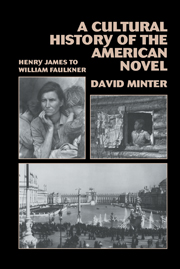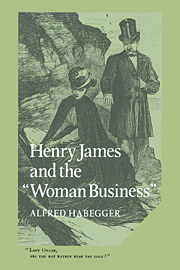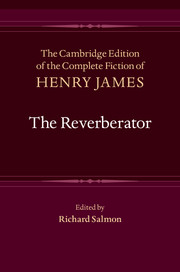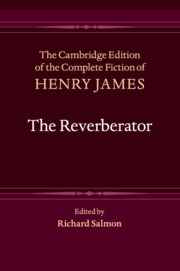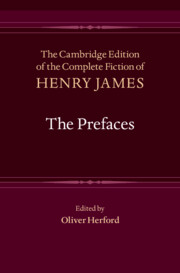A Cultural History of the American Novel, 1890–1940
A Cultural History of the American Novel interweaves a wide selection of the novels of the late nineteenth and early twentieth centuries with a series of cultural events ranging from Buffalo Bill's Wild West Show to the "Southern Renaissance" of the 1930s. Minter rereads the novels of the period as works of art that arise from and that remain embedded in culture, arguing conversely that cultural events differ in degree but not in kind from novels. Portrayed as provocative fusions of the real and the imagined, novels and events are made to yield insight into the structures and procedures of American society as well as the structures and procedures of the American imagination, during a critical era of national transformation.
- Magisterial overview of transformational period in American literary history
- Insightful re-reading of underlying relations between novels and events (i.e. literature and culture)
Reviews & endorsements
"It [the book] gives contemporary scholars and students a desperately needed sense of place and position from which to view and understand the origins of our dominant literary and intellectual tradition. ...Minter balances a broad and thorough range of works and authors with in-depth, detailed, and persuasive readings of individual texts. ...Minter brings fresh insights to his historical and literary materials through acute critical intelligence, informed historical consciousness, and penchant for developing fascinating juxtapositions and relations." Modernity
"David Minter's book is a model of the way literary history should be done...Minter's elegant writing makes the book a pleasure to read." John T. Irwin, Johns Hopkins University
"...A Cultural History of the American Novel approximates a luminous archaeology of the burgeoning modernist period, uncovering the spectral relations between culture, cultural production, and the socio-political pressures of the times....Given the wide range of such powerful insights and 'cultural readings,' Minter's book will undoubtedly prove valuable not only to scholars of American literary history but also to anyone interested in understanding the all too often invisible connections between cultural production, 'real' people and 'real issues'--such as racism, scientific/technological invention, discovery, ethnicity, borders, responsibility, freedom, World War. hope, assent and democracy." Carlton Smith, American Literature
Product details
April 1994Hardback
9780521452854
296 pages
237 × 158 × 25 mm
0.575kg
Available
Table of Contents
- A preface in two parts
- Acknowledgements
- A note on sources, citations and bibliography
- Part I. A Dream City, Lyric Years and a Great War:
- 1. The novel as ironic reflection
- 2. Confidence and uncertainty in The Portrait of a Lady
- 3. Lines of expansion
- 4. Four contemporaries and the closing of the West
- 5. Chicago's 'dream city'
- 6. Frederick Jackson Turner in the dream city
- 7. Henry Adam's Education and the grammar of progress
- 8. Jack London's career and popular discourse
- 9. Innocence and revolt in the 'lyric years':
- 1900–1916
- 10. The Armory show of 1913 and the decline of innocence
- 11. The play of hope and despair
- 12. The Great War and the fate of writing
- Part II. Fiction in a Time of Plenty:
- 13. When the war was over: the return of detachment
- 14. The 'jazz age' and the 'lost generation' revisited
- 15. The perils of plenty, or how the twenties acquired a paranoid tilt
- 16. Disenchantment, flight and the rise of professionalism in an age of plenty
- 17. Class, power and violence in a new age
- 18. The fear of feminisation and the logic of modest ambition
- 19. Marginality and authority/race, gender and region
- 20. War as metaphor: the example of Ernest Hemingway
- Part III. The Fate of Writing during the Great Depression:
- 21. The discovery of poverty and the return of commitment
- 22. The search for 'culture' as a form of commitment
- 23. Three responses: the examples of Henry Miller, Djuna Barnes and John Dos Passos
- 24. Cowboys, detectives and other tough-guy antinomians: residual individualism and hedged commitments
- 25. The search for shared purpose: struggles on the Left
- 26. Documentary literature and the disarming of dissent
- 27. The Southern Renaissance: forms of reaction and innovation
- 28. History and novels/novels and history: the example of William Faulkner
- Notes
- Bibliographical notes
- Bibliography
- Index.

